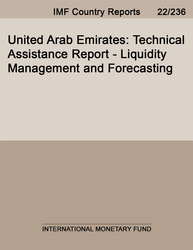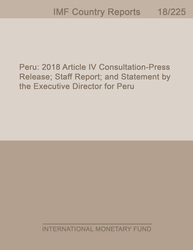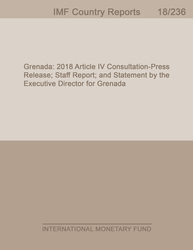
United Arab Emirates: Technical Assistance Report - Liquidity Management and Forecasting
Technical Assistance Report - Liquidity Management and Forecasting
READ MORE...
Volume/Issue:
Volume 2022
Issue 236
Publication date: July 2022
ISBN: 9798400215759
$20.00
Add to Cart by clicking price of the language and format you'd like to purchase
Available Languages and Formats
| English |
Prices in red indicate formats that are not yet available but are forthcoming.
Topics covered in this book
This title contains information about the following subjects.
Click on a subject if you would like to see other titles with the same subjects.
Banks and Banking , Finance , Money and Monetary Policy , International - Economics , CBUAE FX , C , FX swap market , liquidity surplus , repo market , liquidity forecasting framework , contingent liquidity insurance facility , United Arab Emirates banking federation , Liquidity , Liquidity forecasting , Interbank rates , Central bank policy rate , Liquidity management , Global
Also of interest
Summary
This paper presents United Arab Emirates’ (UAE) Technical Assistance report on liquidity management and forecasting. The new Dirham Monetary Framework is largely consistent with an operational framework under a fixed exchange rate regime and capital mobility. The foreign exchange swap facility should be discontinued once the eligible collateral for the Overnight Lending Facility is broadened to include US dollars. Some improvements can be introduced to the structural open market operations (OMO). The Central Bank of the UAE (CBUAE) fine-tuning OMOs should be implemented to manage unexpected liquidity fluctuations during the Reserve Maintenance Period. Reserve requirements in the UAE are mainly a tool for monetary policy and liquidity management purposes but their nonremuneration is acting as an indirect tax on financial intermediation. The CBUAE should implement the designed state-of-the-art, full-fledged forecasting framework for each of the three main autonomous factors, as well as a reconciliation strategy to forecast the sum of the autonomous factors with an estimation of the confidence interval. The new liquidity forecasting framework provides several important features for liquidity management.
Copyright © 2010 - 2025
Powered by:
AIDC



